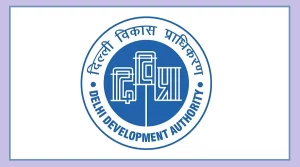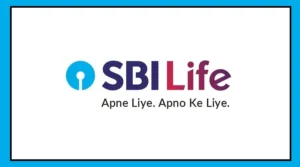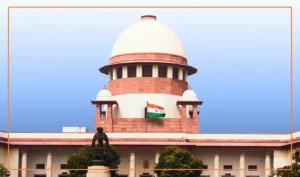This is important news for Central Government employees.
Those who are currently under the National Pension System (NPS) and want a fixed pension after retirement have time only till 30th June 2025 to shift to the Unified Pension Scheme (UPS).
If you wish to opt for UPS, make sure to apply before this deadline. After that, you will continue in NPS by default.
Here’s everything you need to know about the differences between NPS and UPS and who is eligible to apply.
Benefits of UPS
The Unified Pension Scheme (UPS) is similar to the old pension system. It gives a guaranteed monthly pension after retirement. Here are its main features:
Fixed Monthly Pension: You will get 50% of the average basic salary of the last 12 months as pension if you have completed 25 years of service.
Minimum Pension Guarantee: If you have worked for at least 10 years, you will get a minimum pension of ₹10,000 per month.
Family Pension: After your death, your spouse will get 60% of the pension amount.
Dearness Relief (DA): DA will also be applicable on the pension, just like government employees receive.
Lump Sum Benefit: At retirement, you’ll receive a lump sum amount equal to 10% of your salary for every six months of service.
How to Choose UPS – Online Method
The government has made it easy to switch from NPS to UPS online. Eligible employees can make the switch themselves through the e-NPS portal by following these steps:
Visit the portal and go to the Unified Pension Scheme section.
Enter your PRAN and Date of Birth, and fill in the captcha.
Complete OTP verification (on mobile/email).
Fill out the declaration form confirming UPS as your final choice.
E-sign the form using Aadhaar or VID.
Download the acknowledgement slip.
Offline Method: Download Form A2 and submit it to your department’s nodal office.
NPS vs UPS – What’s the Difference?
NPS invests part of your salary in the market (stocks, bonds, etc.). Your pension depends on the market’s performance. There is no guaranteed fixed monthly pension.
UPS gives you a guaranteed monthly pension after retirement, based on your basic salary, regardless of market performance.
Which Scheme is Better for You?
If you have 15–20 years left before retirement, are comfortable with market-based investments, and willing to take risks, NPS may offer better returns.
But if you want a stable, fixed income after retirement and don’t want to depend on market returns, then UPS is a better choice.
Can You Take Both Schemes Together?
No, you can choose only one scheme. Once you switch to UPS, the decision is final—you cannot go back to NPS later.
Deadline – 30 June 2025
If you’re a Central Government employee in service as of 1 April 2025 and currently in NPS, you have the option to move to UPS by 30 June 2025.
This choice will directly impact your retirement income—so take your time and make the decision carefully.

























